You are here
Back to topPhilippine Garlic Prices Go Sky-High
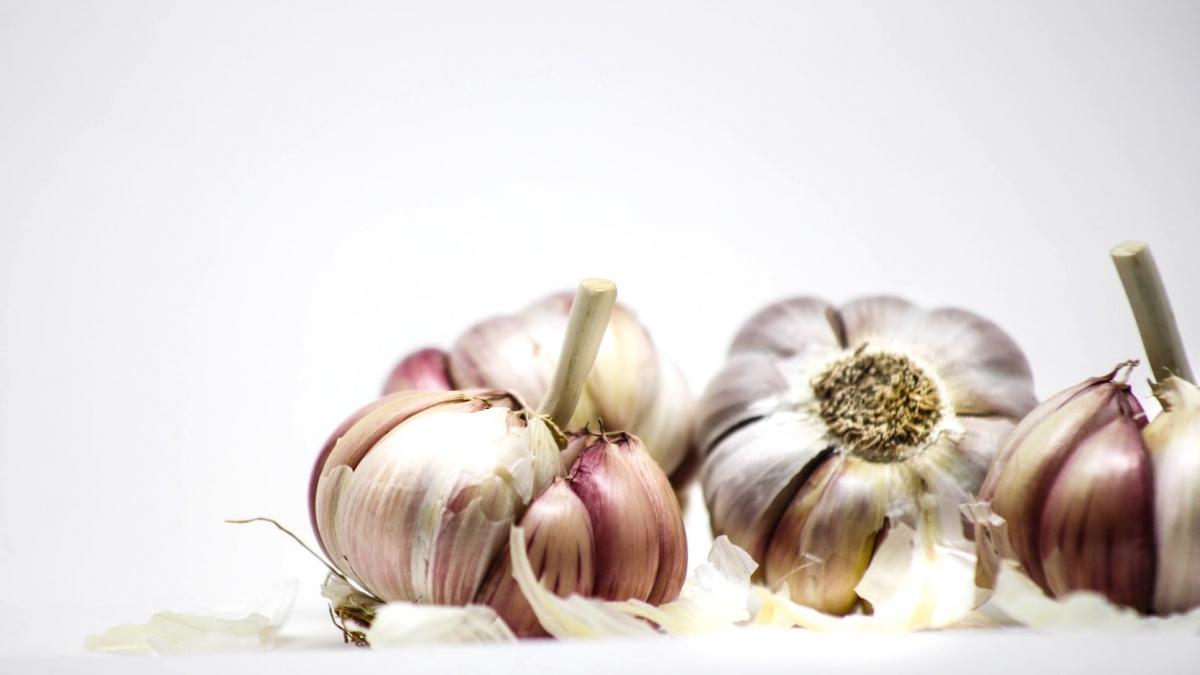
Following a recent spike in onion prices in the Philippines, the same phenomenon is now happening for another essential vegetable. This time, it is garlic that has seen a sharp increase in retail prices, with locally grown and harvested bulbs selling for 400 Philippine pesos ($7.25) per kilogram — over two-thirds of the daily minimum wage.
Digging into the supply shortage
According to the Philippine Department of Agriculture, the reason for the sky-high prices of domestically grown garlic is its limited availability, which has “significantly shrunk as last year’s supply was ‘almost used up’ by the series of holidays of December.” At the same time, the figures demonstrate that locally grown bulbs are not the main source of the market supply and that the Philippine demand for garlic has not been covered by local production in recent years. This raises the question of what really triggered the rise in prices — did the stock of imported garlic thin out too?
As early as last August, the Department of Agriculture forecasted that the supply in 2022 would not meet the expected demand of 146,850 metric tons, with the country’s total garlic availability estimated at about 83,000 metric tons, corresponding to a shortage of over 63,000 metric tons. In recent years, over 90% of garlic consumed in the Philippines has been imported from abroad.
“It is possible that the [Department of Agriculture] was again unable to properly monitor supplies and ensure the timely arrival of imports since harvests usually start only in March,” said Raul Montemayor, chair of the Federation of Free Farmers Cooperatives Incorporated, commenting on the current shortage.
Digging into consumer preferences and farm hurdles
Philippine garlic production has been on the decline in recent years despite demand remaining relatively stable across the country. The next question is why the country does not plant more garlic of its own.
First and foremost, Philippine consumers have shown a tendency to favor imported garlic, which has bigger bulbs and a lower market price. “Buyers stressed that practicality dictates them to buy the cheap big bulbs over the small native ones, even if the latter has a stronger aroma and is more flavorful,” reported the Department of Agriculture in a statement. The climate in the Philippines is a second factor that hinders garlic production. According to Rex Extoperez, the department’s deputy spokesman, some farmers have tried to plant big garlic but the bulbs did not grow. A third reason is logistics. Because the Philippines is an archipelago, there are certain challenges in shipping agricultural products across the country. This creates a disconnect between farmers and their target markets. In fact, amid the declared supply shortage last year, some provinces reported an oversupply of garlic but the crops were left to rot — presumably owing to the logistical challenges, a lack of buyers, or both.
Digging into solutions
The Department of Agriculture has pledged to attend to the matter further. “We will tackle if we need to produce more local garlic or will just depend on importation,” said Extoperez.
Montemayor, however, expressed the opinion that the current problem is rooted in an overreliance on imports, with traders and importers manipulating the stocks and prices in order to maximize their profits. He believes that the Department of Agriculture should work on reviving the Philippine garlic industry and supporting local farmers in all aspects of production and sales. Achieving this, in his opinion, may require control over imports for some time.
Meanwhile, China, which exports garlic to multiple Southeast Asian countries including Indonesia, Vietnam, Malaysia and the Philippines, is reporting an increased export volume after the lifting of epidemic control measures toward the end of last year. In the first 11 months of 2022, China’s garlic exports registered a growth of 5.35% compared with the same period of 2021. Remarkably low prices — down 30% year on year — contributed to this growth, even though they started to climb back up in December. China’s return to normal trade may have either a positive or negative impact on the current garlic crisis in the Philippines, depending on how the country decides to address it.
Image: Unsplash
This article was based on a Chinese article. Read the original article.




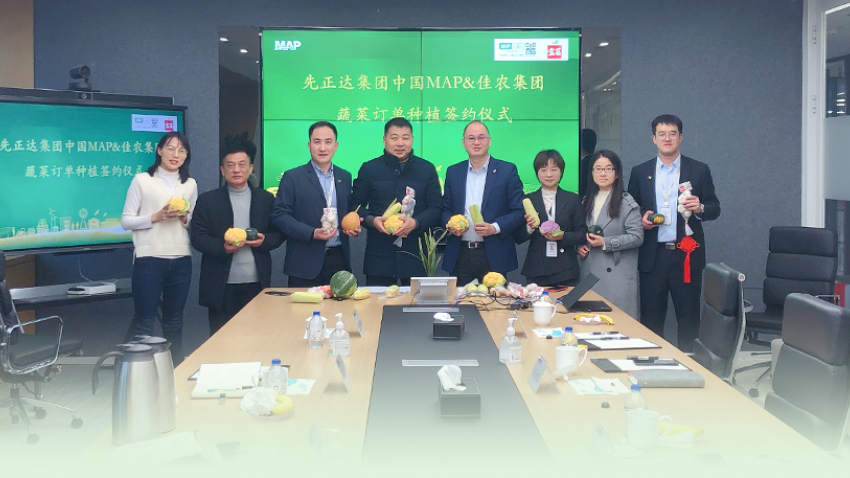
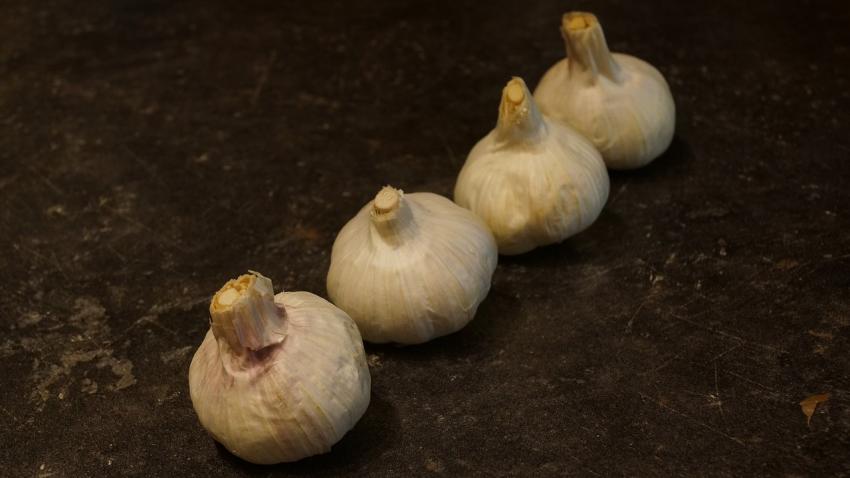
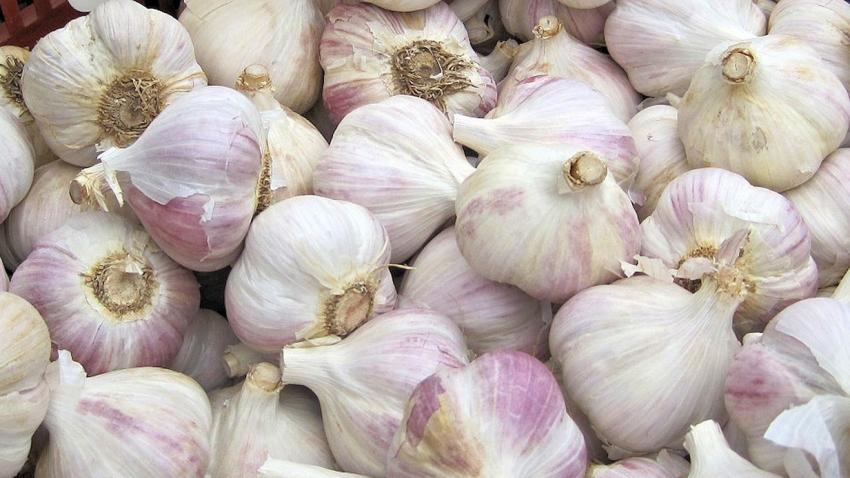
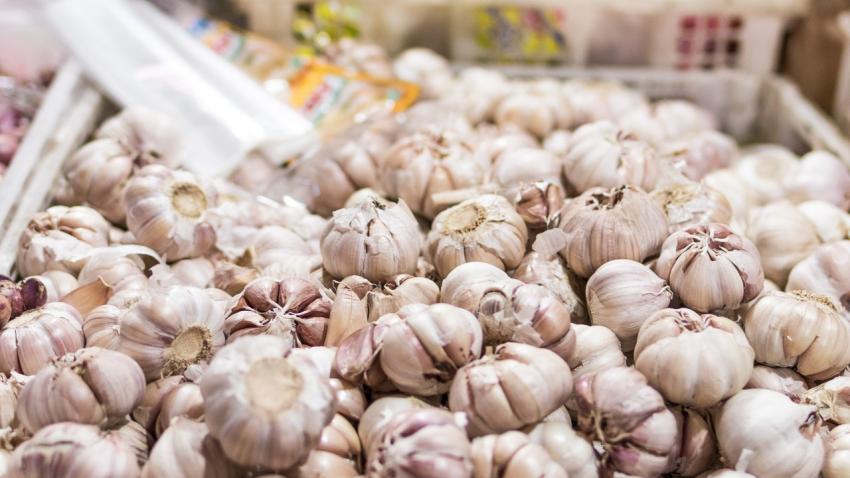







Add new comment